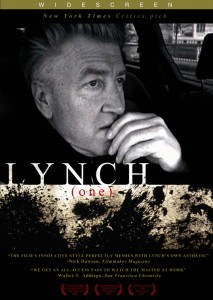 I had prepared a different topic for today, but there are bad news. I was sad went I went to bed last night after reading of the decease of Satoshi Kon. Curiously, his appearance on the blog this week follows nicely after Alan Moore y David Lynch (he’s often compared to the latter) though I wish the circumstances were happier. Kon was taken away by a pancreatic cancer at the age of 46.
I had prepared a different topic for today, but there are bad news. I was sad went I went to bed last night after reading of the decease of Satoshi Kon. Curiously, his appearance on the blog this week follows nicely after Alan Moore y David Lynch (he’s often compared to the latter) though I wish the circumstances were happier. Kon was taken away by a pancreatic cancer at the age of 46.
Anime fans will undoubtedly know his works, which include the script for “Magnetic Rose” (the first segment in the popular Memories) and the feature-length films Perfect Blue, Millennium Actress, Tokyo Godfathers and Paprika, each of them a masterpiece. To round it up, he’s also the creator of the television series “Paranoia Agent“, one of my favourite animated shows ever.
As so much Japanese fiction, his works are not as focused on telling a story as on taking the viewer on an emotional journey, but Kon was a master in taking both approaches several steps further than the rest, with simple concepts and outrageously original developments. The most repeated lines today beautifully summarize how his death will affect Japanese fiction:
It’s not that anime will never be the same with Satoshi Kon gone. It’s now much more likely that anime will always be the same.
 I had the pleasure to attend his press conference at Sitges 2006 where he presented Paprika. He announced there that it would be his last movie about the subconscious and that he would open a new cycle in his career. Unfortunately now we will never know what he could have come up with. If anything, we’ll get to see a finished version of the project he was working on, The Dream Machine (second picture). The film’s characters are all robots and it’s intended for family audiences.
I had the pleasure to attend his press conference at Sitges 2006 where he presented Paprika. He announced there that it would be his last movie about the subconscious and that he would open a new cycle in his career. Unfortunately now we will never know what he could have come up with. If anything, we’ll get to see a finished version of the project he was working on, The Dream Machine (second picture). The film’s characters are all robots and it’s intended for family audiences.
Today more than ever I invite you to follow the link and get your hands on some of his works. They are bound to surprise you.





